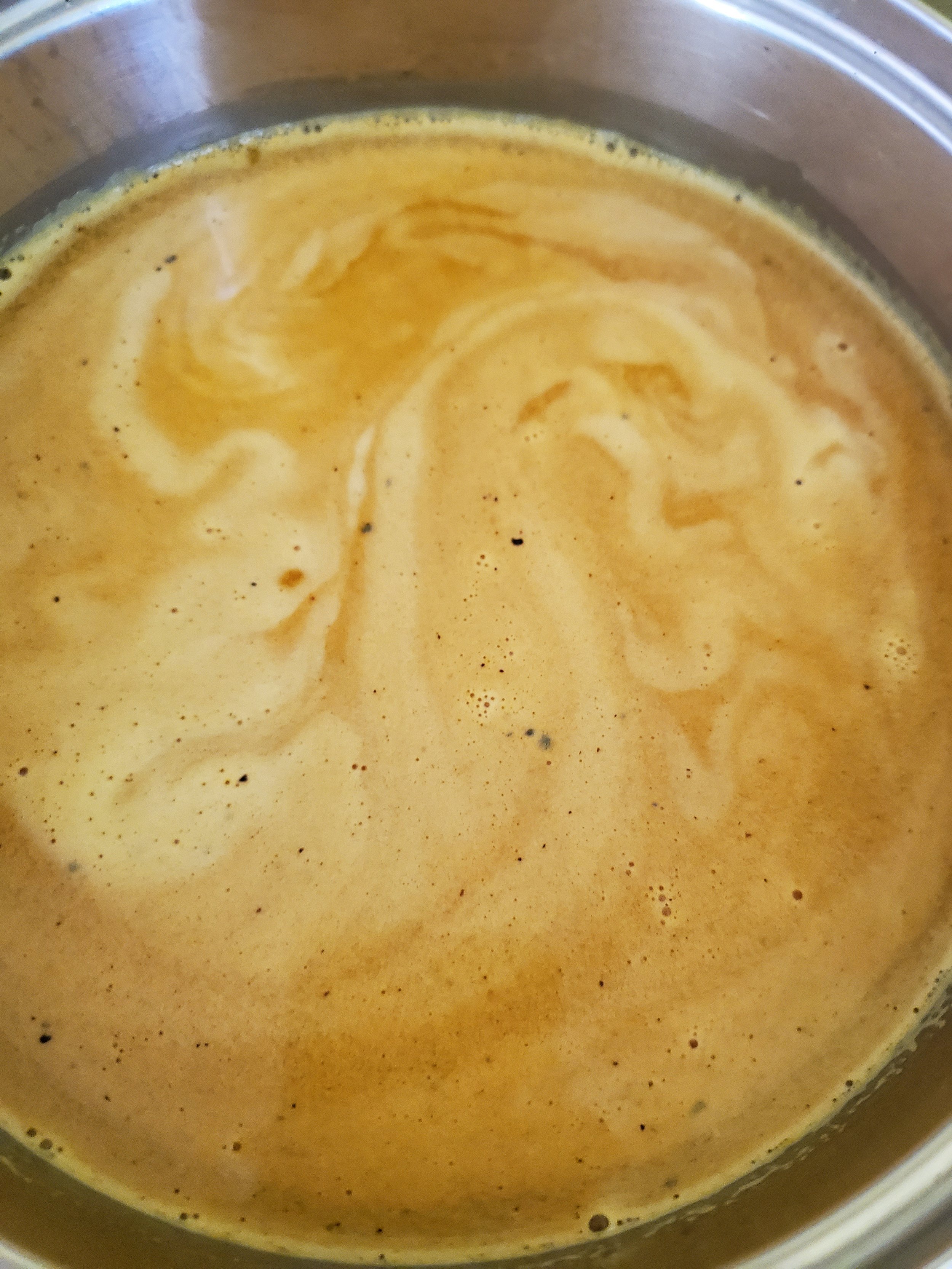Prepare Ahead, Enjoy Later: A Convenient Meal Option
This recipe is a great option for those who are always on-the-go and looking for a protein-packed lunch to stay energized throughout the day. Although it may require some effort and create a bit of a mess while preparing, the end result is definitely worth it. With its delicious taste and wholesome ingredients, this recipe is perfect for busy spring and summer days when you need a quick and healthy meal that will keep you fueled and satisfied.
Ingredients:
2 cups sticky rice
2 3/4 cups water
1 tablespoon white vinegar
1 teaspoon turmeric
pinch salt and black pepper
2 cans tuna in water, drained
1 tablespoon olive oil
1 teaspoon garlic powder
1 teaspoon paprika
3/4 teaspoon ground thyme
1 tablespoon parmesan cheese
1/2 cup breadcrumbs
spray olive oil
Tools:
Measuring cups and spoons
Small pan with lid
Fine sieve or colander
Assorted dishes for shaping and dredging
Plastic wrap
Ice cream scoop
Spoons
Fork
Can opener
Baking sheet
Aluminum foil
Start with the rice. Give it a quick rinse in the colander and transfer it to the pan. Measure in your turmeric, vinegar and water, and add a little salt and pepper to taste. Don't overdo it, as you'll muffle and mute the turmeric taste.
Cover the pan and bring the water up to a simmer. Let the rice simmer for five minutes or so, then turn off the heat. Set a timer for 25 minutes. Don't uncover the rice or remove the pan from the burner; keep the lid tight and the pan in place.
Find a little task to do to eat up a couple minutes. Maybe wash that colander from earlier, or go move a load of laundry or something. Collect all the things you'll need later in the recipe if you haven't done so already.
Once the timer is down to about five minutes left, preheat your oven to 425 and turn your attention to the fish.
Open the two tuna cans and drain out the water. Dump the tuna into a mixing bowl and add the olive oil, then stir with a fork to break up the big pieces and get everything evenly coated. Measure in your paprika, thyme, garlic and parmesan cheese and stir until incorporated.
Tear off a seven-or-so inch piece of plastic wrap and use it to line a small bowl. We're targeting something just the right size for a scoop of ice cream, but if you have to go a little bigger, that's fine too - just make sure you have enough plastic wrap that the sides of the bowl will help you hold it.
Once the rice has absorbed all the water, you can remove the lid and give it a stir. It should be tacky enough to stick to the spoon you stir with.
Using the ice cream scoop, take up a level scoop of rice and plop it into the center of the plastic wrap in the small bowl. Take a clean spoon and press down in the center of your scoop of rice, creating a hollow and smoothing some of the rice up the sides of the bowl.
Grab a forkful of your tuna mixture and put it in the hollow. Don't overfill it. You want there to be plenty of rice up the sides of the bowl to cover the tuna - but if there's not, you can add a little bit from the pot to cover up the top.
Grab the edges of the plastic wrap, bring them toward the middle of the bowl, and twist gently to pull the rice ball closed. Let any excess air out, and then continue twisting until the rice is densely packed around the tuna.
Un-twist the plastic gently, and drop the rice ball into a bowl of breadcrumbs. Roll it around a little to coat it, then transfer it to a foil lined baking sheet.
Repeat until you're out of rice. You should have 10-12 rice balls when you're done. You'll see nine pictured, but that's mostly due to space constraints - we worked with the toaster oven since it was an 80-degree afternoon, and only nine fit comfortably on the half-size pan.
Spray lightly with the olive oil spray, and bake at 425 for 20-25 minutes until lightly browned. We served ours with a little Tabasco sweet & spicy hot sauce.
This recipe is perfect for those busy weeks when you don't have time to cook every day. You can make a big batch and use it for lunches throughout the week, or even freeze it for later. Just remember to take it out the night before, and you'll have a delicious and healthy lunch with just a bit of reheating in the microwave.
We've also been experimenting with different tuna options, and we think the recipe can be mixed up to include all sorts of flavors. If you have any ideas or want to share your favorite variations, please let us know in the comments on our Facebook page. We can't wait to hear from you!
Website
Office ((214) 599-0055)
Additional Reading
Punchy Potato & Cheddar Rolls
Impress Your Guests with This Easy-to-Make Apple Pecan French Toast Bake

























